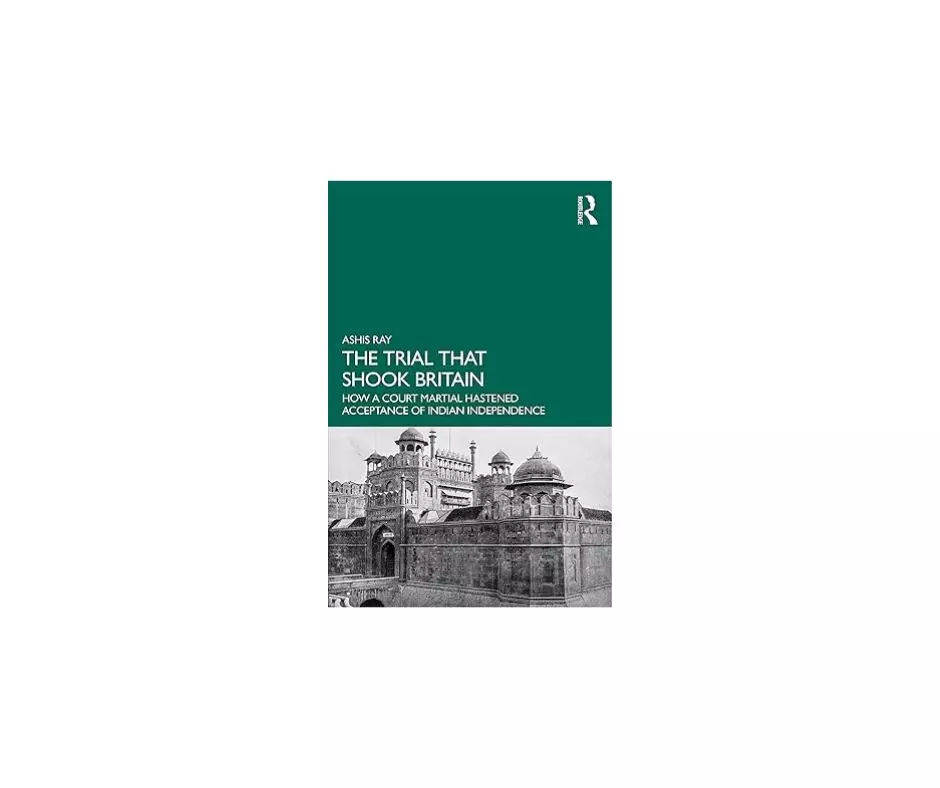Book Review | INA Trials: How Pragmatism Won
While Reed’s book is now of mainly archival interest, Ashis Ray’s recalls history in the making

Thematically, this book may be more relevant to our times than even the similarly titled classic, Ten Days That Shook the World, the American journalist John Reed’s firsthand account of Lenin and the Bolsheviks seizing power in Petrograd in November 1917. While Reed’s book is now of mainly archival interest, Ashis Ray’s recalls history in the making. It describes the emergence of post-colonial forces that shaped today’s world and will continue to influence the future as Asian and African nations come into their own.
Much has already been written about Subhas Chandra Bose and his Indian National Army. Ray’s achievement lies in marshalling the evidence without too much patriotic tub-thumping or romantic myth-making. Bose was under no illusion about Hitler whom he called “raving mad” (baddha pagal in Bengali) and whose treatment of Jews prompted a disturbed letter to his Austrian girlfriend. Even if there were no “pro-British” Indians, as Ray says, ignoring Advocate-General Sir Naushirwan Engineer, the princely Col K.S. Himatsinhji and many others, both highly and humbly placed, the administration was packed with Indians ready to hunt with the hound and run with the hare. Needing no lessons in empire management, the colonial regime didn’t want either an open confrontation or to lose the goodwill of a potentially significant Asian connection for the sake of a principle.
Those were troubled times. Even if India was not “on the threshold of another revolution”, as Asaf Ali declared, riots were erupting everywhere, naval ratings were mutinous, the spectre of famine loomed ahead, and the prospect of countrywide elections encouraged Muslim League adventurism. A bankrupt and war-weary London had already confessed before the start of this narrative that it couldn’t spare the British troops that the men on the spot thought essential to hold India. Admitting all this, Ray doesn’t shy away from blaming Bose’s German and Japanese sponsors for not supporting him all the way.
Sensing thunder in the air, Lord Wavell (not ‘Lord Archibald Wavell’ which indicates the younger son of a duke or marquess) and Auchinleck had already prepared an “appeasing press communique” when the skilful Bhulabhai Desai opened the case for the defence, unaware of their “secret understanding” on “commuting the judges’ sentences in view of the [expected] political klash”. No backlash materialised because after all that excitement the trial of three INA veterans — not the hundreds that the British had earlier threatened to punish with life imprisonment or execution — turned out to be something of a damp squib.
Apart from the blunder over titles, “Tippera” isn’t “present-day Tripura”. It became Comilla when Pakistan dropped anglicised spellings and lost that identity when Bangladesh promoted subdivisions to districts. The old princely state was and is Tripura. There was no such designation as “lieutenant-general of Punjab”. Mchael O’Dwyer, was a civilian who became Punjab’s lieutenant-governor. These are minor blemishes in an engaging little book over which the author’s family connection with the stellar figure could have lain more heavily.
But at least, the Red Fort trial was not allowed to destabilise India. Pragmatism on both sides won the day.
The Trial that Shook Britain: How a Court Martial Hastened Acceptance of Indian Independence
Ashis Ray
Routledge India
pp. 180; Rs 4,004
